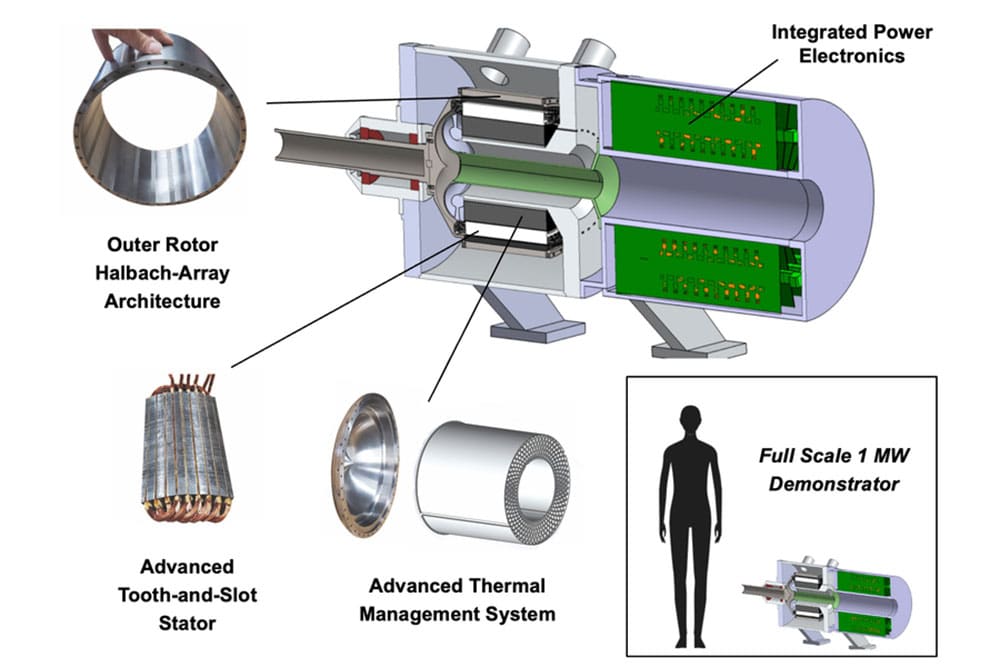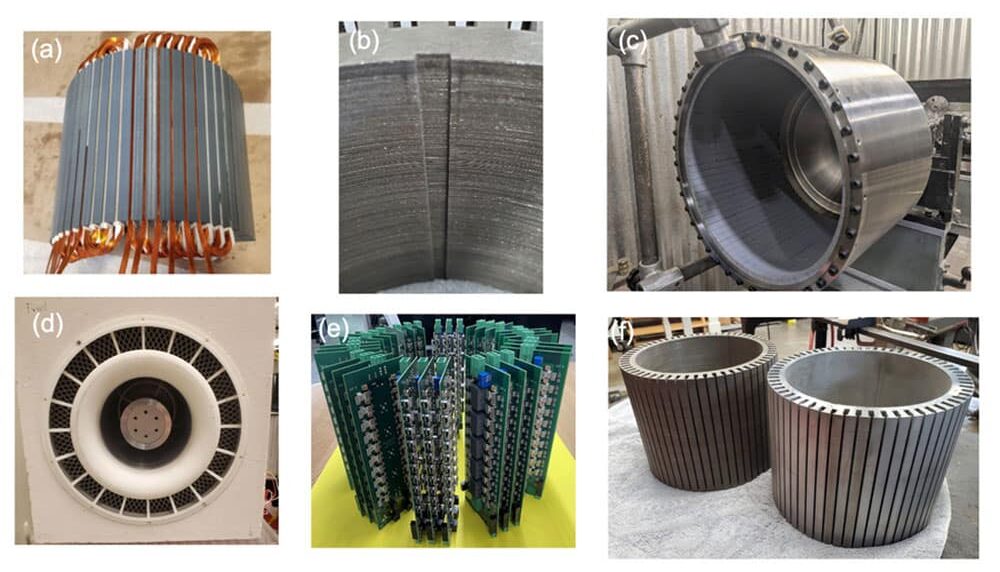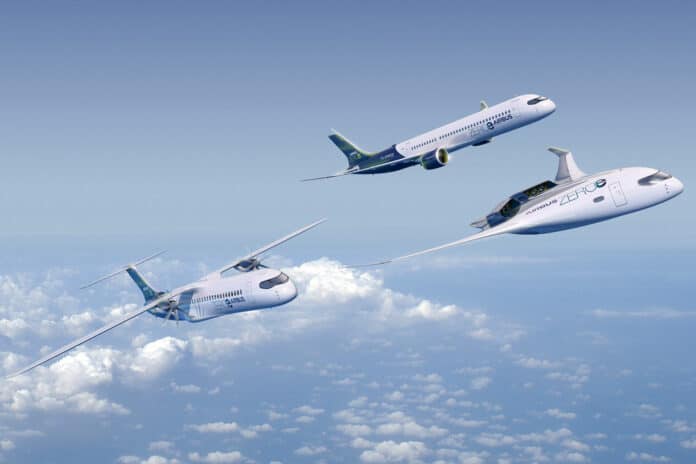It’s no secret that aviation has a massive carbon footprint, but there is hope on the horizon. Electrification could be the key to drastically reducing emissions and making air travel more sustainable.
However, so far, only small all-electric planes have gotten off the ground. The electric motors used to propel them can only generate a few hundred kilowatts of power at a time. To electrify larger, heavier aircraft that haul passengers and cargo, megawatt-scale motors are required.
To meet this need, a team of MIT aero engineers is creating a 1-megawatt electrical motor that could be a stepping stone toward electrifying commercial airliners. The team has designed and tested the major components of the motor and computed it to show that it can generate one megawatt of power at a weight and size competitive with current small aero-engines.
The MIT electric motor and power electronics are each about the size of a checked suitcase weighing less than an adult passenger. The motor’s main components include a high-speed rotor, lined with an array of magnets with varying orientations of polarity, a compact low-loss stator that fits inside the rotor and contains an intricate array of copper windings, and an advanced heat exchanger that keeps the components cool while transmitting the torque of the machine.

The team also developed a distributed power electronics system using 30 custom-built circuit boards that precisely change the currents running through each of the stator’s copper windings at high frequency. The engineers coupled the distributed circuit boards with the electrical machine to reduce the risk of transmission loss and increase effective air cooling through the integrated heat exchanger.
So far, the MIT team has built and tested each of the major components individually and shown that they can operate as designed and at conditions exceeding normal operational demands. Researchers plan to assemble assembled and begin testing the first fully working electric motor later this year.

The team says the design could power regional aircraft and could also be a companion to conventional jet engines to enable hybrid-electric propulsion systems. They also envision that multiple one-megawatt motors could power multiple fans distributed along the wing in future aircraft configurations.
“No matter what we use as an energy carrier – batteries, hydrogen, ammonia, or sustainable aviation fuel – independent of all that, megawatt-class motors will be a key enabler for greening aviation,” says Zoltan Spakovszky, who leads the project.
